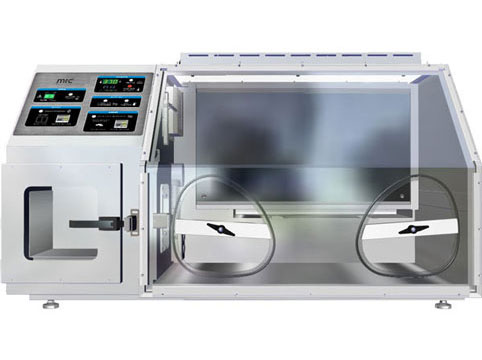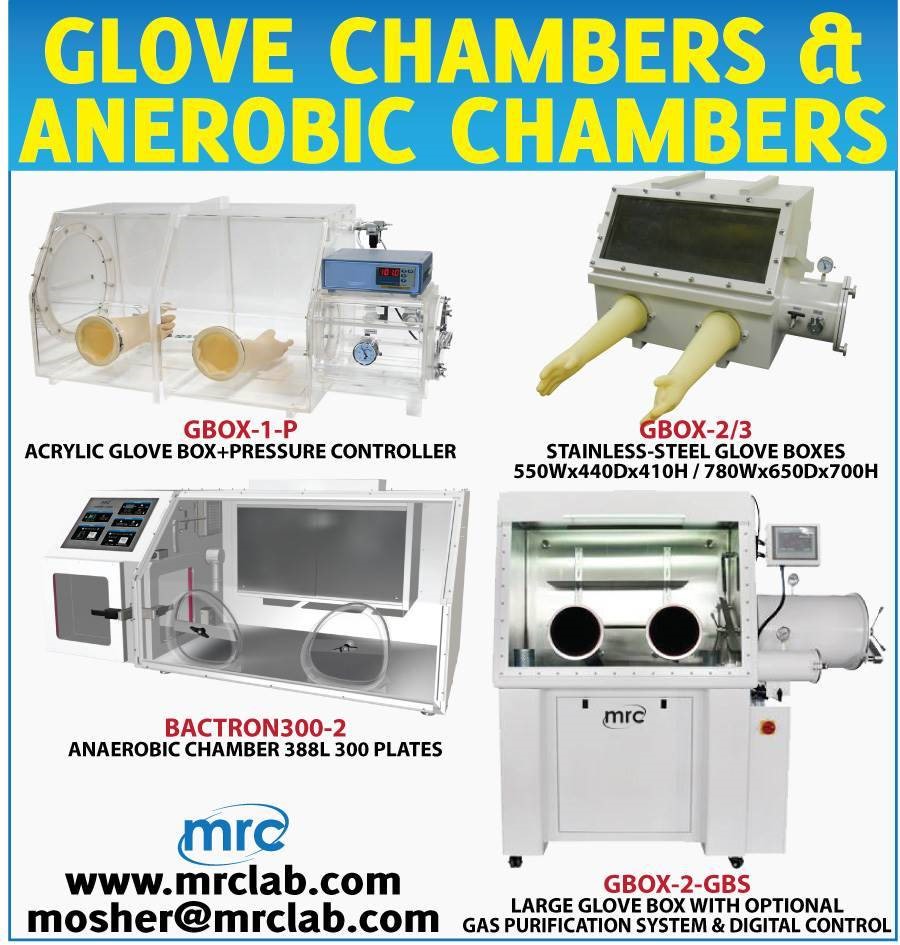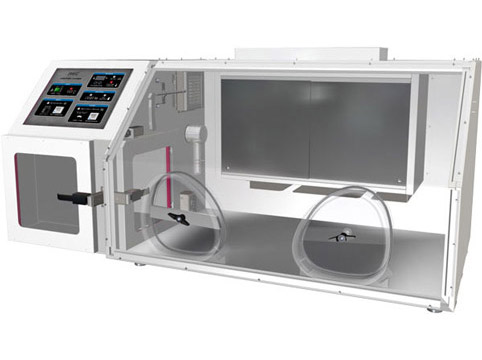Anaerobic chambers are used in experiments that require the handling of oxygen-sensitive materials.Anaerobic chambers are designed to grow cultures of microorganisms, and bacteria that grow in oxygen yards (anaerobic bacteria),
In a techno-controlled atmosphere.These microorganisms produce infections and toxins in an oxygen-free atmosphere.Anaerobic chambers can be found in hospital laboratories and analytical and microbiological laboratories used to grow oxygen-sensitive bacterial strains.Also called Anaerobic Workstations

Anaerobic chambers Features:
● Clinical Microbiology
● Microbiome Studies
● Susceptibility Assays
● Fermentation and Spoilage Studies
● Food Microbiology
● Bio-Energy Research
● Environmental Microbiology
● Anaerobic Bacteriology

What are Anaerobic chambers?
Anaerobic chambers, also known as anaerobic incubators or anaerobic workstations, are specialized pieces of laboratory equipment that are used to create and maintain anaerobic conditions for experiments and research purposes. An anaerobic environment is one in which there is a complete or partial absence of oxygen, and these conditions can be important for studying the growth and behavior of certain microorganisms and cells.
Uses of Anaerobic chambers
Anaerobic chambers are typically used in a variety of scientific fields, including microbiology, biochemistry, and cellular biology. They are often used to study the metabolism and growth of anaerobic microorganisms, such as bacteria and fungi, and to investigate the role of oxygen in various biological processes.
Anaerobic chambers are typically used in laboratories, and are often found in research institutions, hospitals, and universities. They are typically used by scientists, researchers, and other professionals who are working on projects that involve the study of anaerobic microorganisms or processes.
Anaerobic chambers come in a variety of sizes and designs, and can be used for a range of purposes, including the cultivation of anaerobic microorganisms, the storage of anaerobic cultures, and the performance of anaerobic experiments. Some anaerobic chambers are designed specifically for use with particular types of microorganisms, while others are more versatile and can be used with a wide range of organisms.
How To create and maintain anaerobic conditions in an anaerobic chamber
To create and maintain anaerobic conditions in an anaerobic chamber, the air inside the chamber is purged of oxygen and replaced with a gas mixture that is appropriate for the organisms being studied. This gas mixture can vary depending on the specific needs of the experiment, and may include gases such as nitrogen, hydrogen, or carbon dioxide.
Overall, anaerobic chambers are important tools for scientists and researchers who are studying the growth and behavior of anaerobic microorganisms and the role of oxygen in various biological processes. They provide a controlled environment for conducting experiments and research, and allow scientists to investigate a wide range of questions and phenomena in a precise and reliable way.
